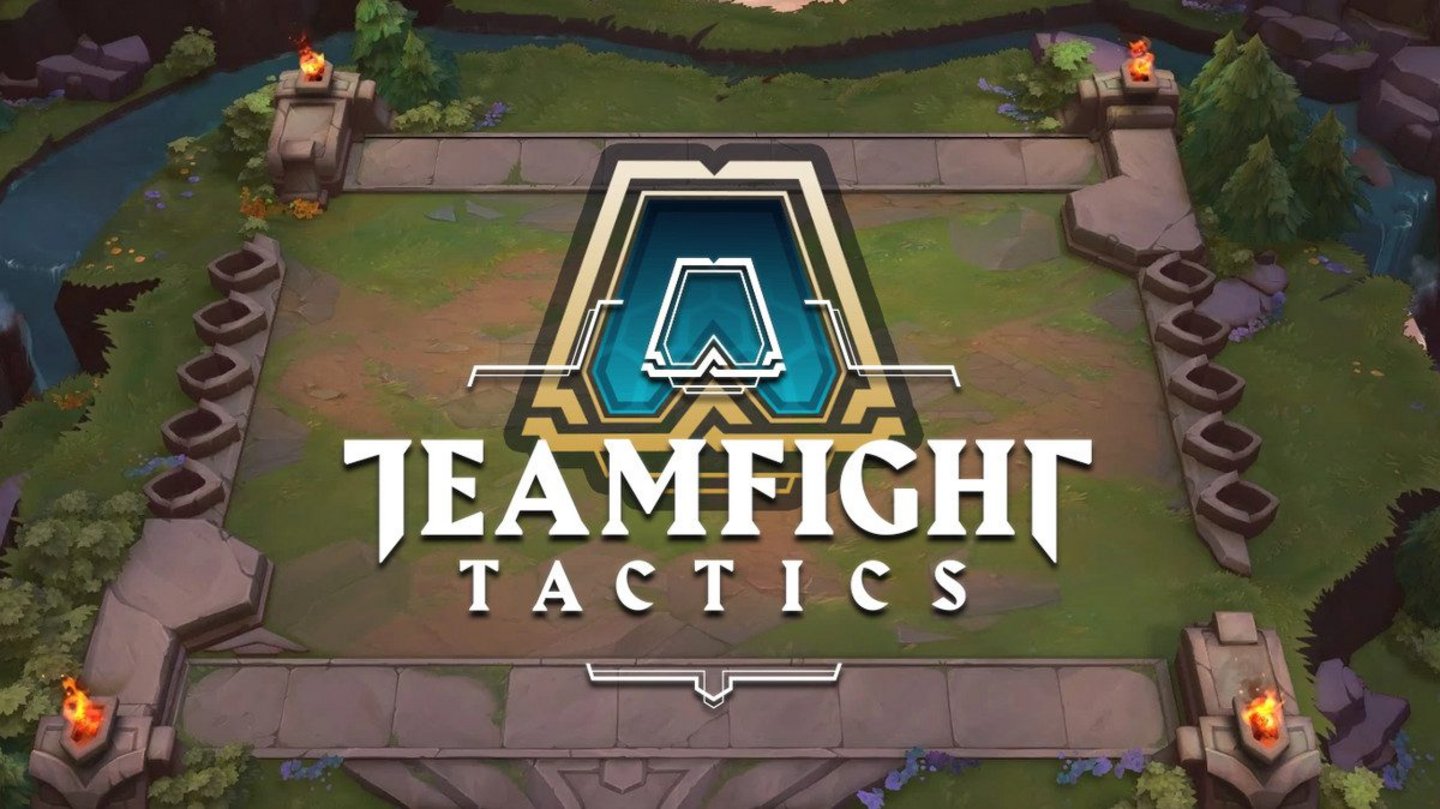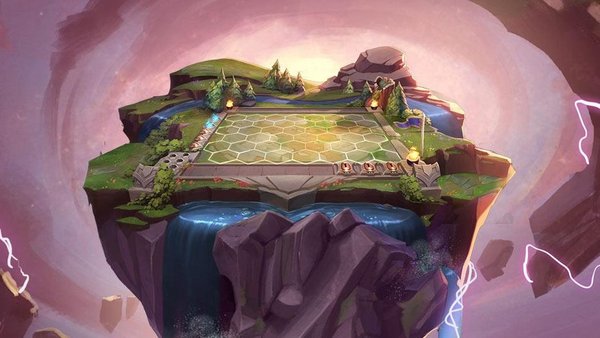Hey Folks,
As you may have seen in the League of Legends 10th anniversary reveal, Riot is developing a bunch of new games. We are super excited about this and can’t wait to have you build products around them. In order to manage and support multiple games, we are making some changes.
Separate products for each game
We will now require developers to apply and register separate products for each Riot game. This means that if you are building products for League of Legends and Legends of Runeterra you must register two different products with us. We will be starting this new approach with Teamfight Tactics API as we add Teamfight Tactics (TFT) match history. TFT will be considered a different game from a third-party developer perspective. As a result, you will need to register a new application to get access to TFT data. If you’ve already talked to us and have implemented a TFT feature in your existing product, you’ll need to submit these TFT features as a separate product. In 30 days on December 2nd, 2019, we’ll be removing access to TFT data from the League of Legends API, meaning only products that have been registered for TFT will have access to TFT data. TFT will launch with a high quality bar to get access. A limited amount of products will be granted access. If you are applying for access, you must give a substantial description of your product.
Teamfight Tactics API
Now that we’ve talked about how we’re separating access, documentation, and policy per game let’s take a moment to introduce the latest addition; the Teamfight Tactics API. We’ll be duplicating the endpoints that previously served League of Legends to serve Teamfight Tactics products. As a reminder, this means that in 30 days the League of Legends API will no longer grant access to TFT data. Any application that has not been granted access to the Teamfight Tactics API will lose access at this time.
The Teamfight Tactics API will have three APIs to start; summoner-v1, league-v1, and match-v1.
TFT match history
Phew, now that we’ve gotten through all that, we want to share more detail about TFT match history with you. There are a couple notable differences to this API as opposed to what we’ve done in the past for the League of Legends APIs. The first of which is how we handle the routing of requests with regional routing values. We’ll follow that up with best practices for using TFT match history, and finish with some context about rate limiting.
Regional Routing Values
In most cases, requests to the League of Legends API are based on the platform that you’re requesting data for (e.g., euw1, kr, na1, etc). TFT match history has three geographic clusters that serve data for a group of platforms. As such, match-v1 in the Teamfight Tactics API will use regional routing values instead of platform routing values (e.g., EUROPE, ASIA, AMERICAS). summoner-v1 and league-v1 for the Teamfight Tactics API will continue to use platform routing values.
Here’s a quick breakdown of the regions served by each regional routing value for TFT match history:
AMERICAS serves NA, BR, LAN, LAS, OCE
ASIA serves KR and JP
EUROPE serves EUNE, EUW, TR, RU
Best Practices
To best utilize TFT match history there are two things to keep in mind; response body is still evolving and fresh data is cheaper.
We mentioned this the last time we discussed TFT match history, but we’re back again with another update. TFT match history showed up in the client in patch 9.19 but all the fields weren’t always accurate. Items were added in patch 9.20. And as of 9.21, all the data should be accurate. With that said, there is still some work being done with units and items. As an example, as of 9.20 units have a list of temporary item ids which should eventually swap over to referencing a list of item names.
This leads us into the second part: the match history service itself is optimized for fresh data. The newer the matches, the cheaper the cost to look them up. With Set 1 just around the corner and the data inconsistencies prior to patch 9.20 we’re recommending that backfilling data for Set 1 be kept to a minimum. As a reminder, Set 2 should reach live starting next week on November 4th.
RGEA & Rate limits
Now let’s talk about how we’re managing, building, and sustaining a healthy ecosystem of Teamfight Tactics products. With the League of Legends, we did a poor job of managing the growth of products that were using match history. We’re trying to be more responsible as we roll out Teamfight Tactics match history. As such, we’ll be evaluating product submissions and requesting that Riot Games Ecosystem Analytics be enabled for all TFT products.
We want to make sure that we’re being purposeful when we allocate access to TFT match history. As such, the starting rate limits will be lower than what has been traditional for League of Legends and we’ll be evaluating rate limit increases based on a number of factors, most notably player value.
The starting rate limits for TFT match history will be as follows. EUROPE and AMERICAS will allow for 40rps to matchlist and 20rps to match. ASIA will allow for 20rps to matchlist and 10rps to match.
TFT Policy Reminder
Lastly, as a reminder we recently posted a blog describing our views on the Teamfight Tactics game mode and the policies that have started as a result of those discussions. Please make sure to read these policies if you plan on building a product for TFT.
If you have any questions please join the Developer Discord or tweet at us.
Thanks,
Gene



